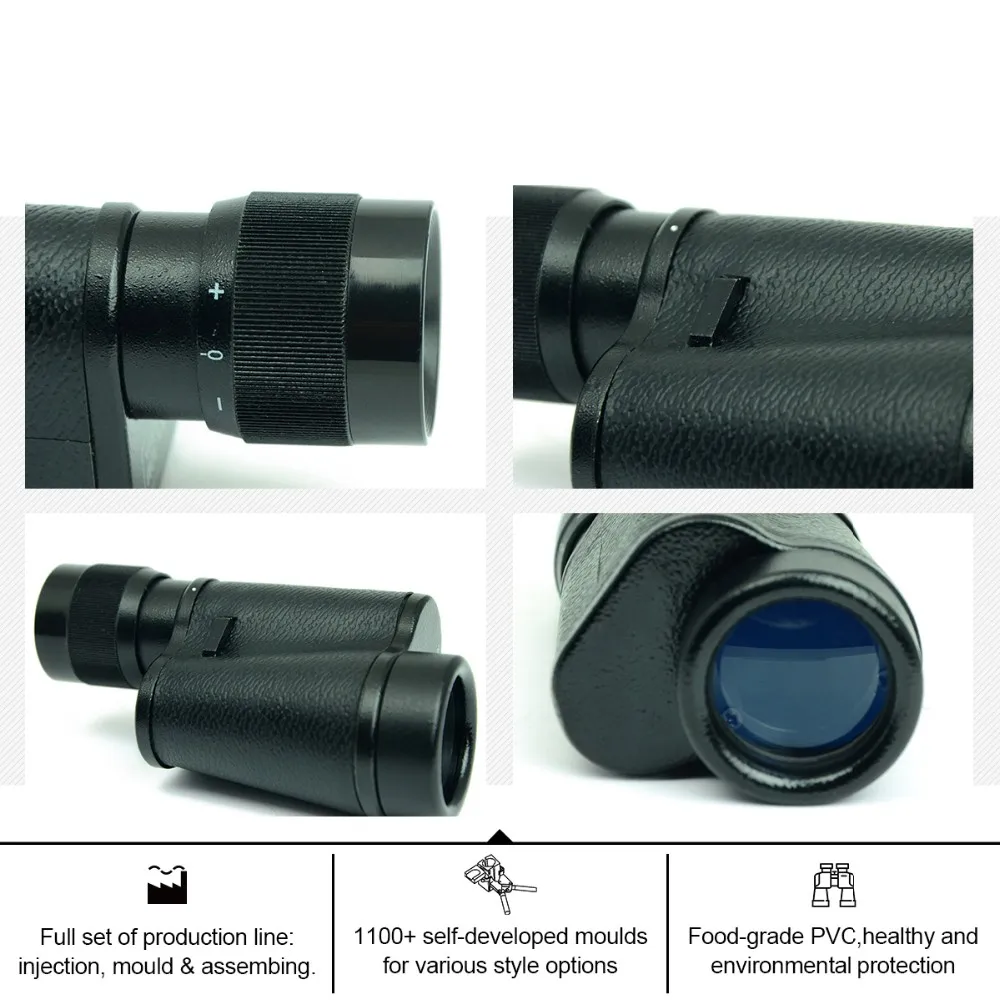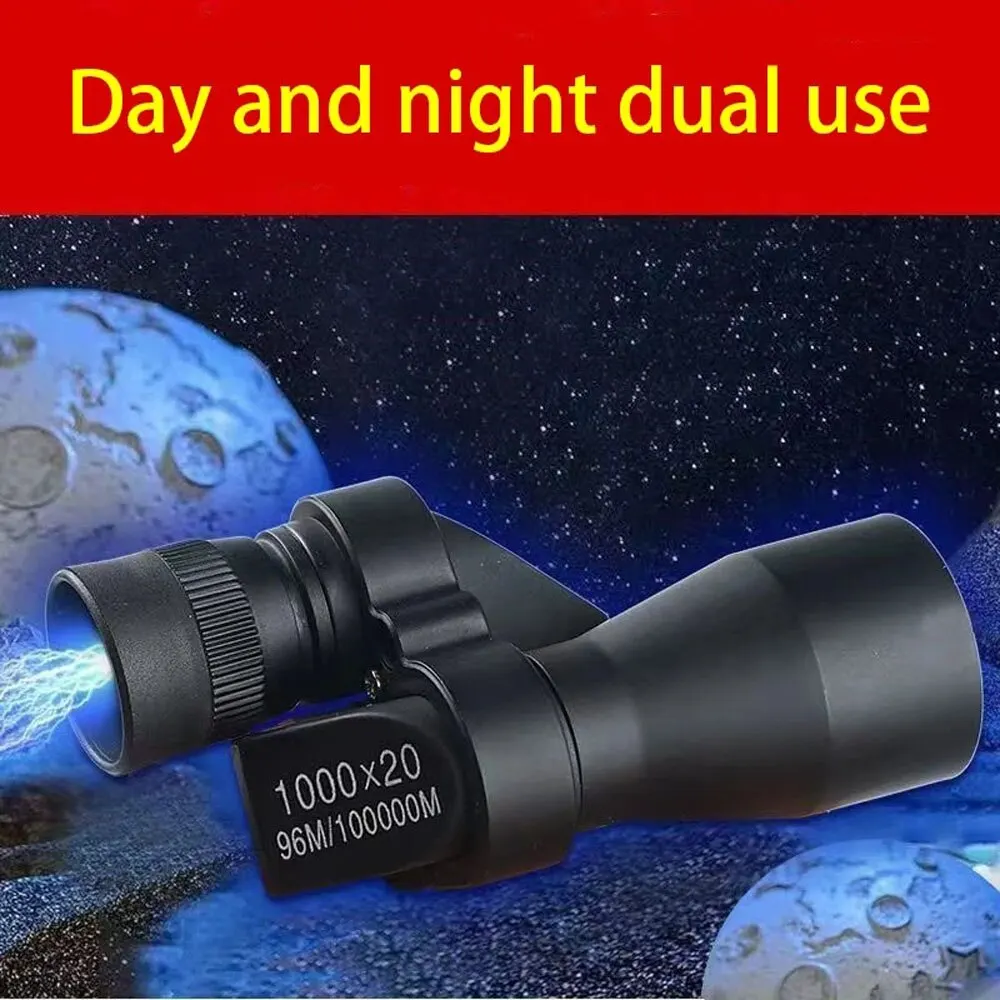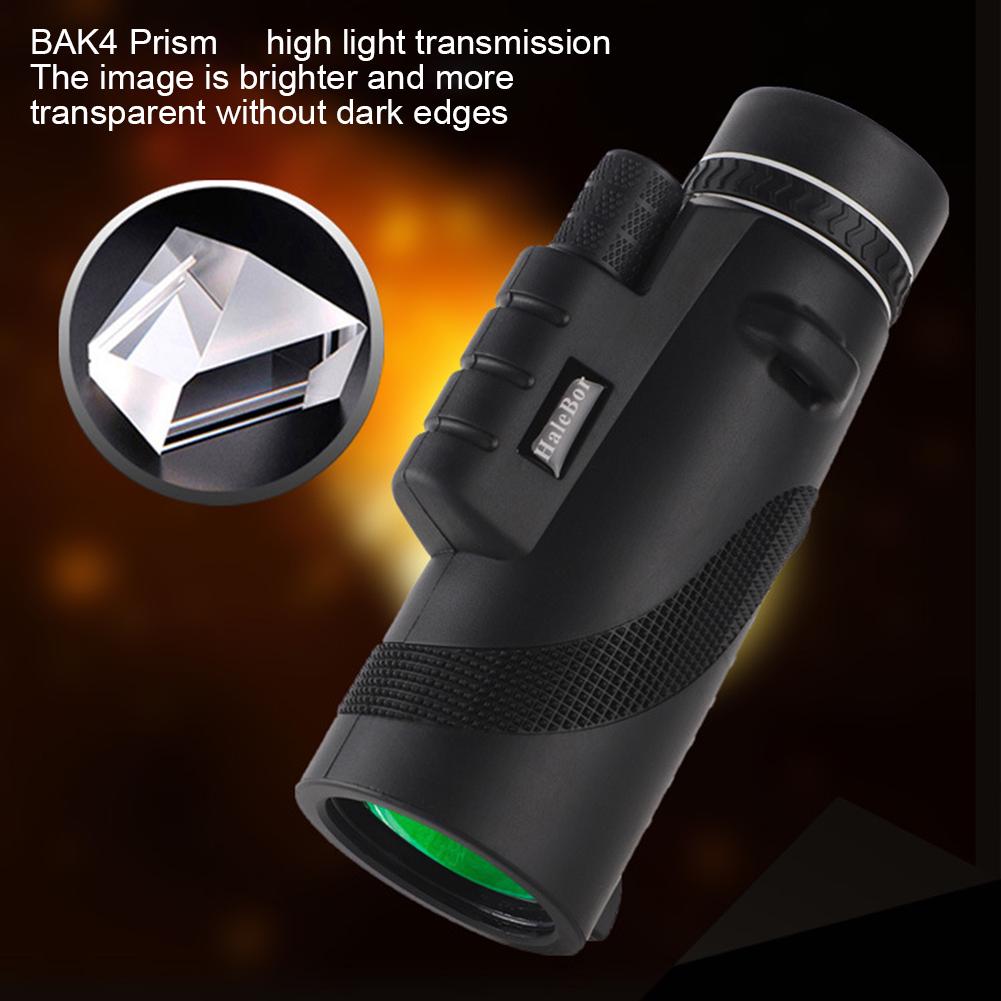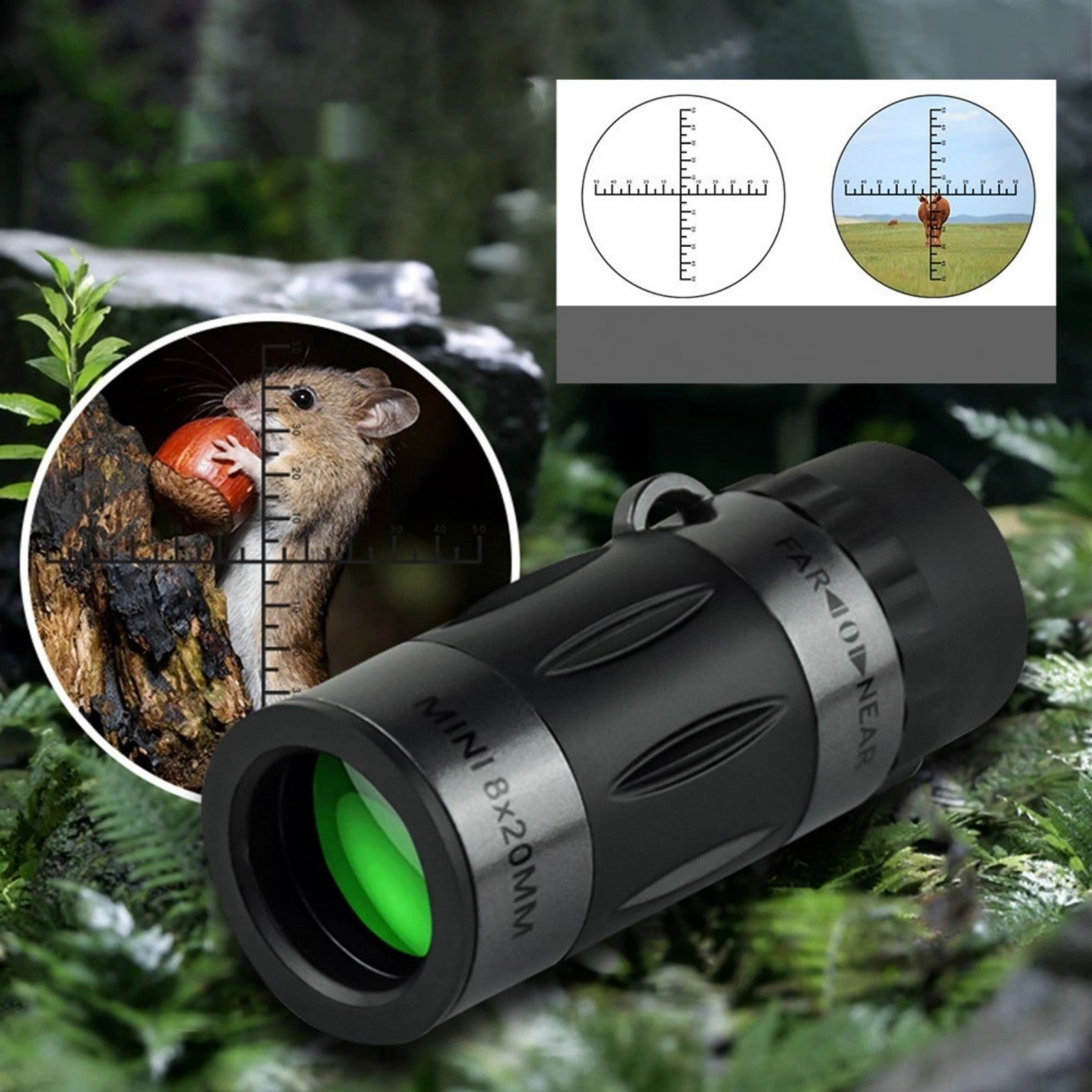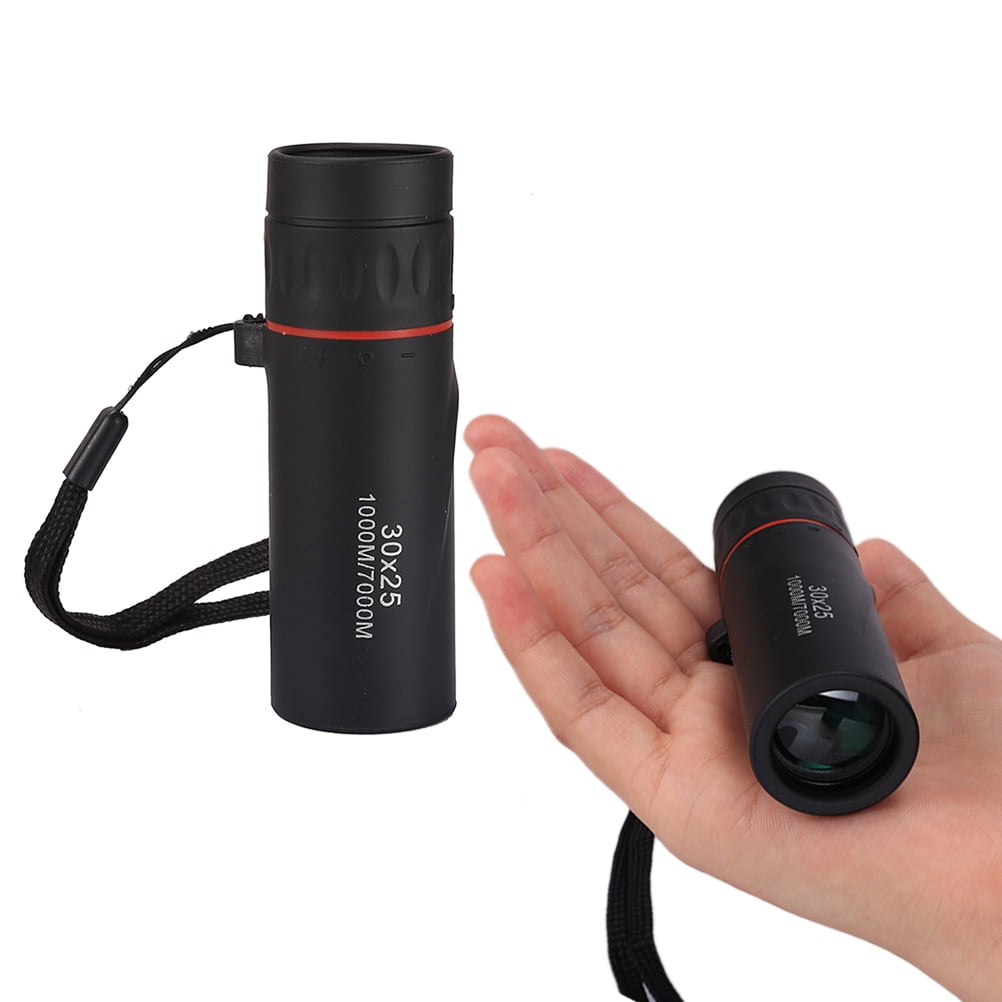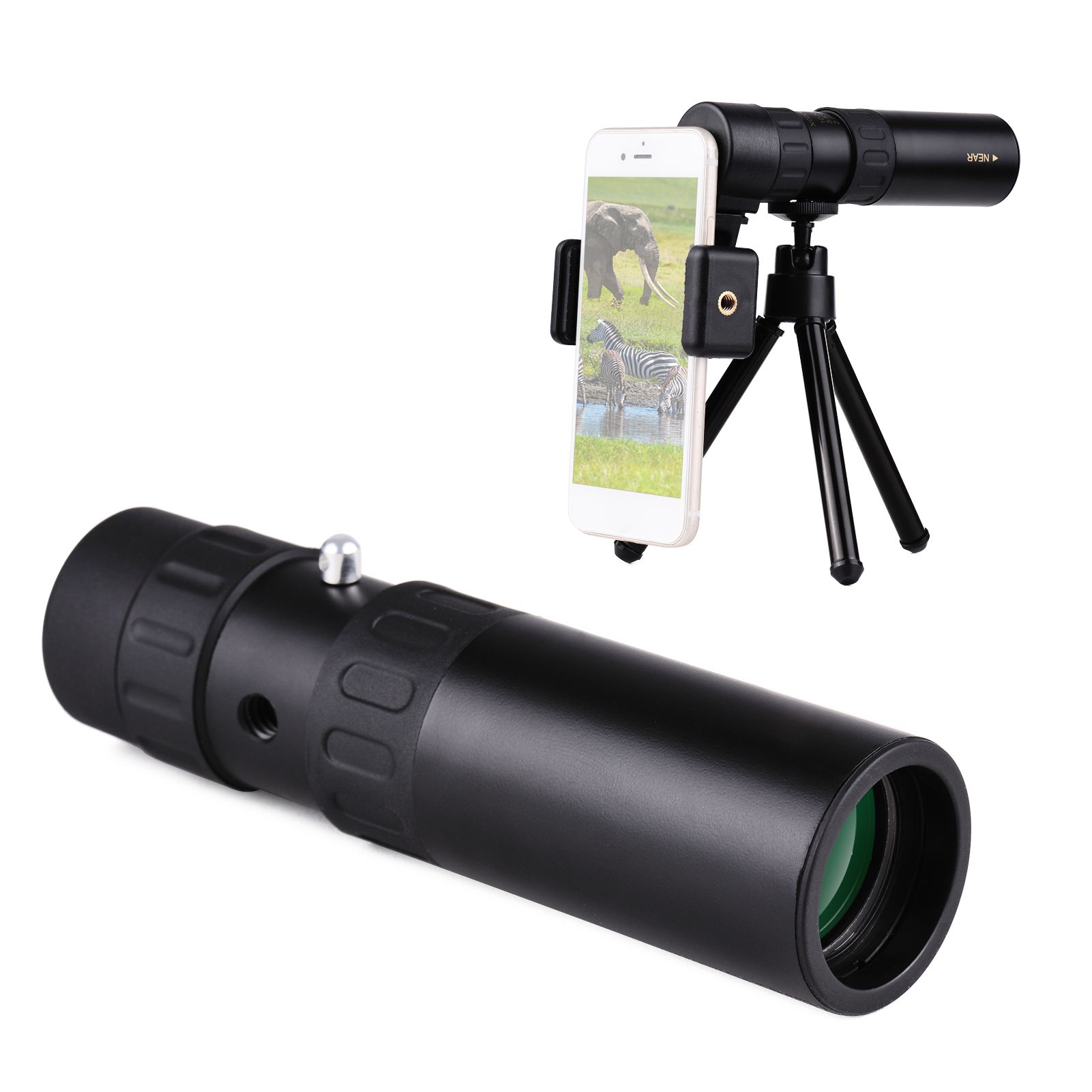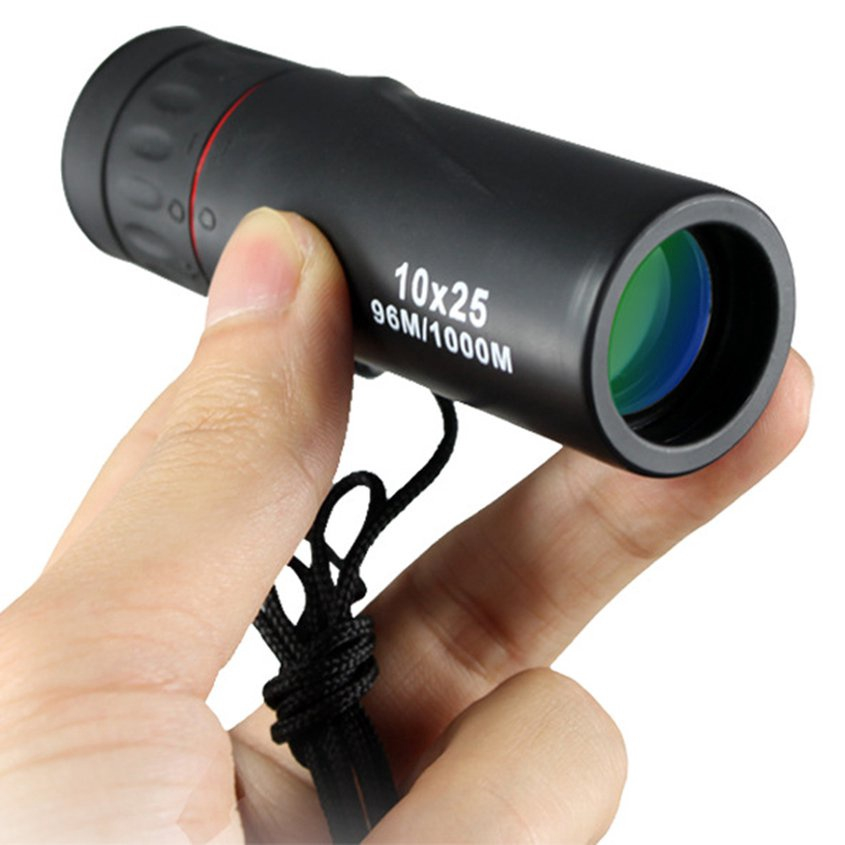Do Not Buy Bad Quality Mini Monocular Telescope
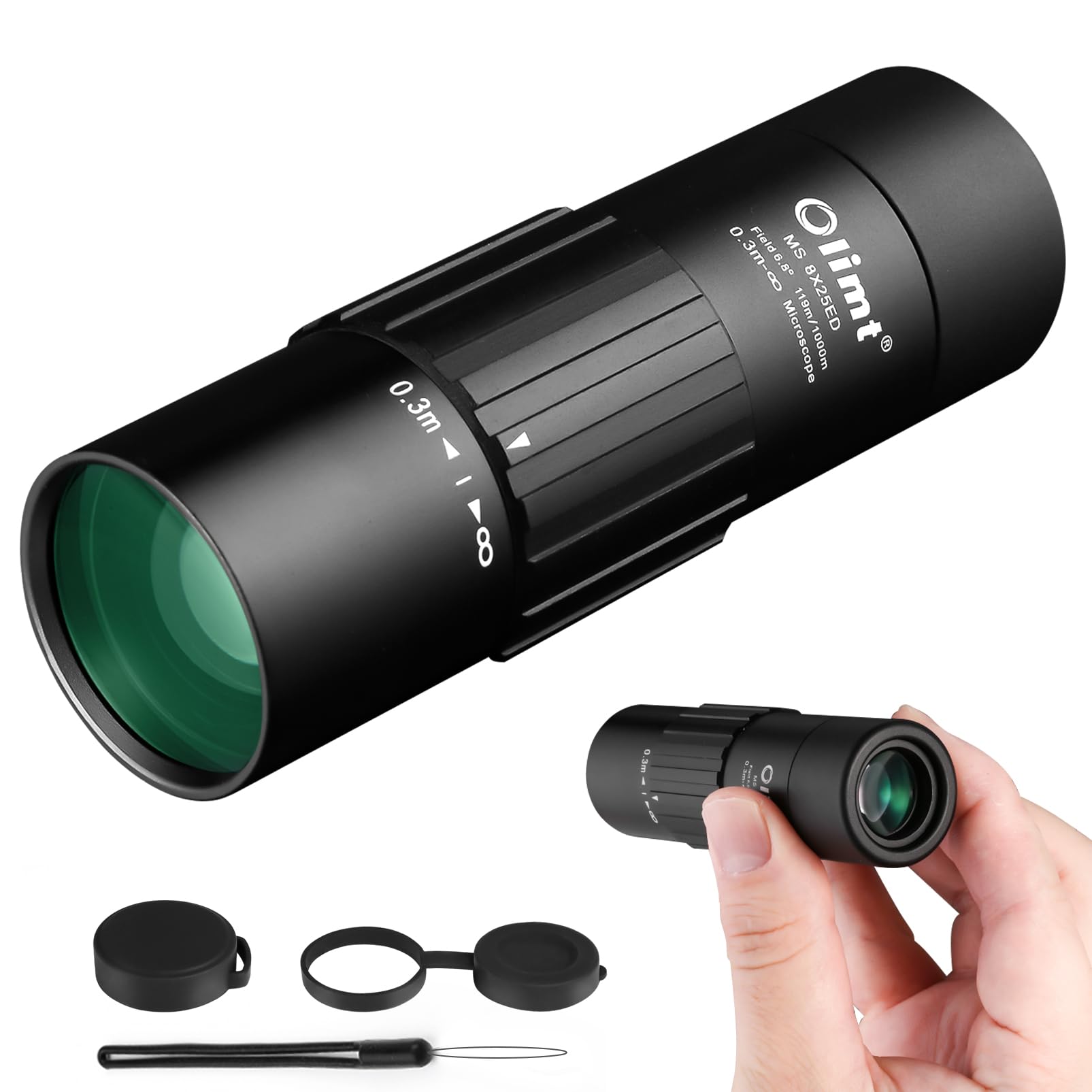
The allure of exploring the world from afar, of bringing distant landscapes into sharp focus, has fueled a surge in popularity for mini monocular telescopes. But lurking beneath the surface of attractive price points and compact designs lies a growing problem: a flood of low-quality devices flooding the market, leaving consumers with blurred images, wasted money, and a deep sense of disillusionment.
This isn't just about a slight inconvenience. It's about the erosion of trust in optical technology, the potential dangers of relying on substandard equipment for activities like birdwatching or hiking, and the environmental impact of mass-produced, quickly discarded gadgets. Consumer protection groups are now raising alarms, urging potential buyers to exercise extreme caution and prioritize quality over tempting affordability.
The Problem with Cheap Monoculars: A Closer Look
The core issue is the compromised manufacturing process employed by many producers of these ultra-cheap monoculars. The quality of the glass, the precision of the lens grinding, and the durability of the housing materials are often sacrificed in the pursuit of razor-thin profit margins. This cost-cutting directly translates into a drastically reduced viewing experience.
Poor optical quality leads to chromatic aberration (color fringing), spherical aberration (blurring), and a significant loss of light transmission. A monocular that boasts high magnification becomes virtually useless when the resulting image is dark, distorted, and difficult to focus. Imagine trying to identify a rare bird through a hazy, purple-tinged lens – the experience is frustrating and ultimately pointless.
"We've seen a significant increase in complaints regarding these types of monoculars," says Eleanor Vance, a consumer advocate with the National Consumers League. "Consumers are lured in by the low price, only to discover that the product is essentially unusable." The Better Business Bureau reports a similar trend, noting a rise in disputes related to misleading marketing claims and defective merchandise.
Hidden Dangers: Safety and Durability Concerns
Beyond the immediate disappointment of poor image quality, there are potential safety implications. Fragile construction means these monoculars are prone to breaking, especially during outdoor activities. A dropped monocular that shatters could pose a risk of injury, particularly to the eyes.
The materials used in cheap monoculars often lack UV protection, potentially damaging the eyes during prolonged use in bright sunlight. Moreover, the use of substandard plastics can lead to rapid degradation and the leaching of harmful chemicals, posing environmental concerns.
Durability is another major issue. These monoculars frequently fail after only a few uses, rendering them useless and contributing to electronic waste. The throwaway nature of these products exacerbates environmental problems and promotes unsustainable consumption patterns.
What to Look For: Investing in Quality
The key to avoiding disappointment is to prioritize quality over price. Look for reputable brands with a proven track record in optical equipment. Investigate the specifications of the monocular carefully, paying attention to the lens coating, prism type, and field of view. Don't rely solely on marketing claims – read independent reviews and seek recommendations from experienced users.
Monoculars featuring fully multi-coated lenses are more likely to offer superior light transmission and image clarity. BAK4 prisms are generally considered to be of higher quality than BK7 prisms, resulting in brighter and sharper images. A wider field of view allows for a more immersive viewing experience.
Consider the intended use of the monocular. If you plan to use it for hiking or birdwatching, look for models that are waterproof, fog-proof, and have a durable housing. A comfortable grip and easy-to-use focus mechanism are also essential for extended use.
Expert Opinions: Guidance from Professionals
Experts in the field of optics emphasize the importance of investing in quality. "A good monocular is an investment that will provide years of enjoyment," says Dr. Alan Peterson, an optics professor at the University of California, Berkeley. "Choosing a quality lens over a cheap one makes the difference between the best and worst possible experience."
"Don't be afraid to spend a little more to get a product that will meet your needs," adds David Miller, a seasoned birder and optics enthusiast. "A cheap monocular may seem like a bargain, but it will likely end up collecting dust in a drawer or, even worse, in a landfill."
Several reputable organizations, such as the Audubon Society and the National Parks Conservation Association, offer resources and recommendations for choosing binoculars and monoculars for outdoor activities. Their websites provide valuable information and expert advice.
The Path Forward: Responsible Consumption and Industry Accountability
The proliferation of low-quality mini monoculars highlights the need for greater consumer awareness and stricter industry regulations. Consumers must be more discerning in their purchasing decisions, prioritizing quality and durability over fleeting affordability. Manufacturers need to be held accountable for misleading marketing claims and substandard products.
Increased transparency in manufacturing processes and clearer labeling of product specifications would empower consumers to make informed choices. Stricter enforcement of consumer protection laws would help to prevent deceptive practices and protect buyers from being ripped off.
Ultimately, the solution lies in a shift towards responsible consumption. By investing in quality products that are built to last, consumers can reduce waste, support ethical manufacturing practices, and enjoy a far more rewarding viewing experience. The appeal of seeing distant wonders should not be tarnished by the disappointment of a subpar product. Choose wisely.
